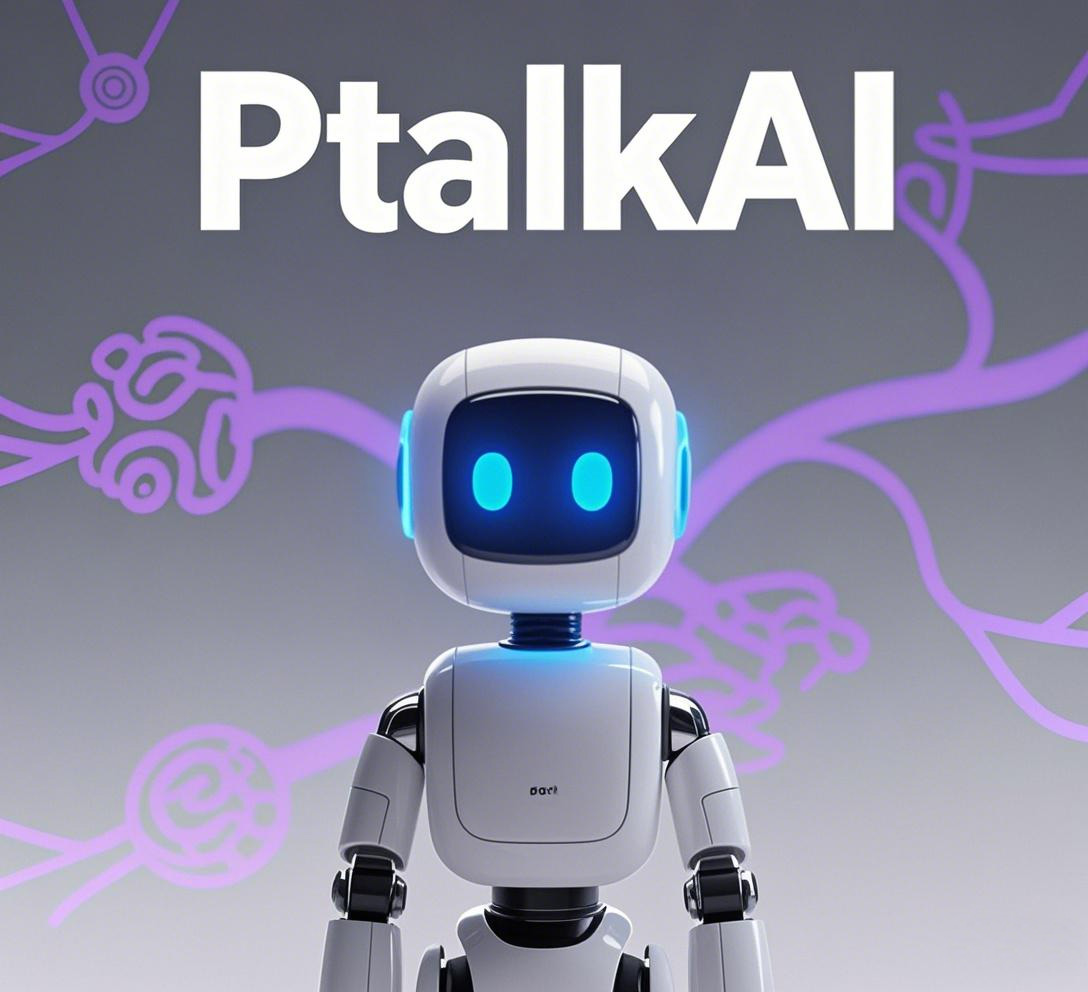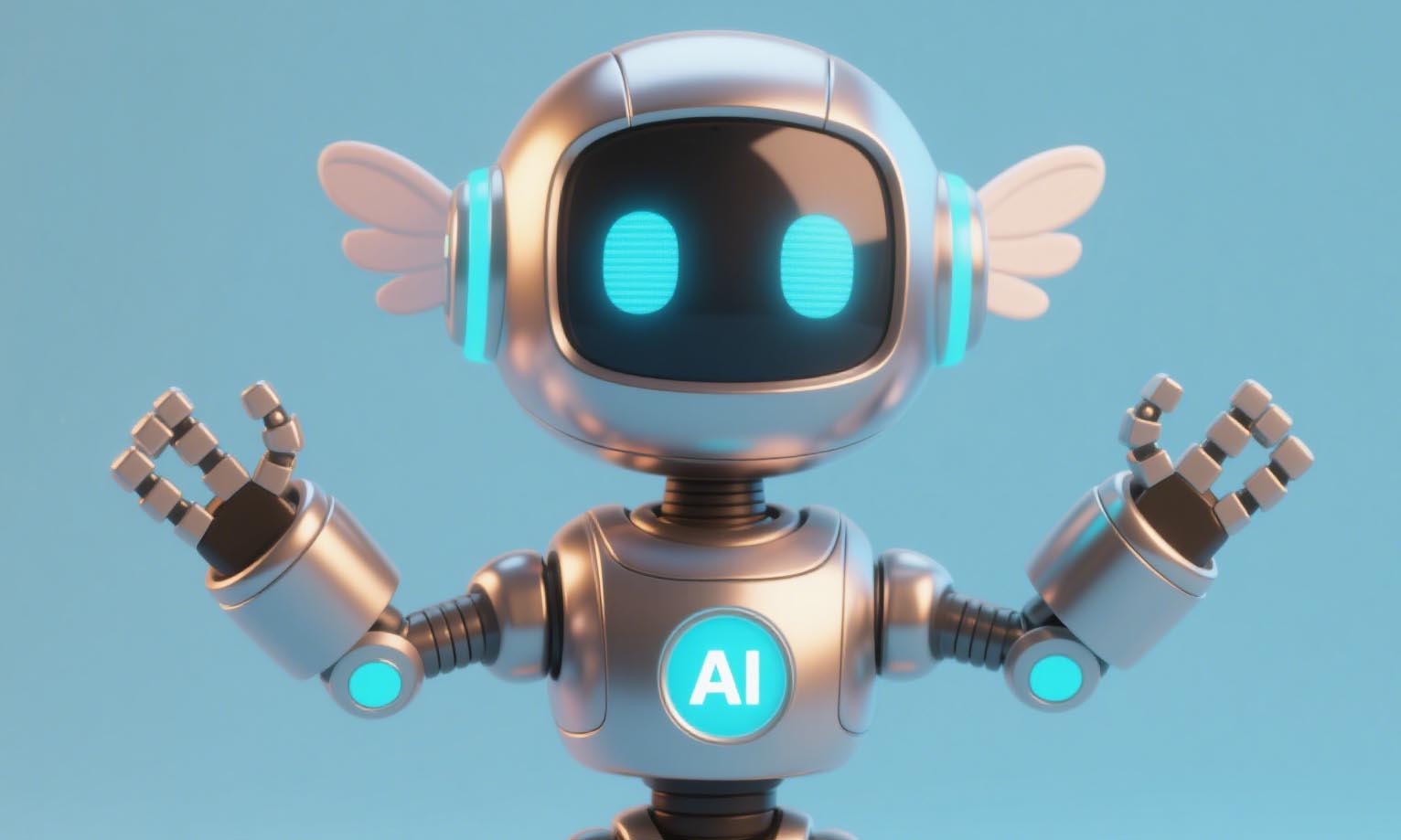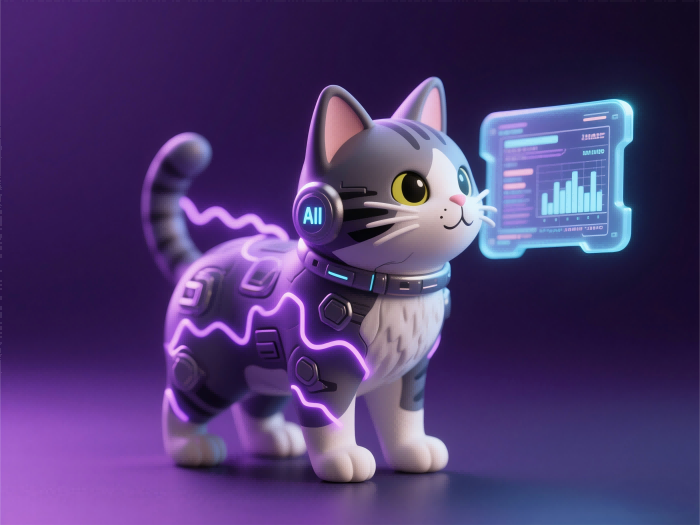AI Toys: Bridging Fun and Learning in the Digital Age
小薇 2025-05-20
In recent years, Artificial Intelligence (AI) has transcended its traditional boundaries, finding its way into various aspects of daily life.
AI Toys: Bridging Fun and Learning in the Digital Age
In recent years, Artificial Intelligence (AI) has transcended its traditional boundaries, finding its way into various aspects of daily life. Among these innovations, AI-powered toys have emerged as a fascinating intersection between education and entertainment. This article explores the concept of AI toys, their functionality, applications, benefits, and potential challenges.What Are AI Toys?
AI toys are interactive devices or platforms that incorporate artificial intelligence to engage children in playful yet educational experiences. These toys use technologies such as voice recognition, natural language processing, computer vision, and machine learning to adapt to a child's preferences, learning pace, and developmental stage. Examples include robotic companions, coding kits, smart puzzles, and virtual playmates that simulate real-world scenarios.Unlike conventional toys, AI toys offer personalized interactions, evolving gameplay, and continuous learning opportunities. They can recognize speech, respond to questions, solve problems, and even teach new skills—all while maintaining an element of fun.Applications of AI Toys
AI toys cater to diverse age groups and interests, making them versatile tools for both recreation and development. Below are some key applications:1.
Educational Enhancement
AI toys often focus on STEM (Science, Technology, Engineering, Mathematics) learning. For instance:- Coding robots help children understand programming concepts by allowing them to design sequences of commands.
- Language-learning dolls converse with users in multiple languages, improving vocabulary and pronunciation.
- Math games provide adaptive challenges tailored to a child’s skill level, ensuring steady progress.
2.
Social and Emotional Development
Some AI toys encourage social interaction and emotional intelligence:- Robotic pets mimic animal behaviors, teaching empathy and responsibility.
- Virtual friends engage in storytelling sessions, helping children develop communication skills and imagination.
3.
Physical Activity Promotion
Certain AI toys combine physical movement with digital engagement:- Motion-sensing games challenge players to perform exercises or dance routines.
- Augmented reality (AR) puzzles overlay digital elements onto physical objects, creating immersive experiences.
4.
Accessibility for Special Needs
AI toys also address the needs of children with disabilities:- Voice-controlled devices assist those with mobility impairments.
- Sensory toys with adjustable stimuli benefit children on the autism spectrum.
Benefits of AI Toys
The integration of AI into toys brings numerous advantages:- Personalized Learning: AI analyzes individual strengths and weaknesses, customizing content to suit each child’s unique requirements.
- Increased Engagement: Interactive features keep children entertained while fostering curiosity and exploration.
- Skill Development: From problem-solving to critical thinking, AI toys enhance cognitive abilities through gamified activities.
- Parental Involvement: Many AI toys come with companion apps that allow parents to monitor progress and participate in the learning journey.
- Continuous Updates: Cloud connectivity ensures that AI toys receive regular software updates, expanding their capabilities over time.
Challenges and Ethical Considerations
While AI toys hold immense promise, they also raise important concerns:- Privacy Issues: Collecting data about children’s interactions raises questions about security and consent. Developers must ensure robust encryption and transparent policies.
- Screen Time Dependency: Over-reliance on digital toys might reduce outdoor play and face-to-face interactions. Striking a balance is crucial.
- Cost Barriers: High-end AI toys can be expensive, potentially widening the gap between privileged and underprivileged families.
- Misuse Risks: Without proper guidance, AI toys could inadvertently promote unhealthy habits or misinformation.
The Future of AI Toys
As technology advances, AI toys will likely become even more sophisticated and accessible. Emerging trends include:- Integration with blockchain for secure data management.
- Enhanced AR/VR capabilities for fully immersive experiences.
- Collaborative platforms enabling global communities of young learners.
ConclusionAI toys represent a groundbreaking fusion of play and purpose, offering countless opportunities for growth and enjoyment. While challenges remain, thoughtful design and regulation can maximize their positive impact. As we move forward, embracing this technology responsibly will ensure that every child has access to the tools they need to thrive in an increasingly digital era.Shall I tailor this further for any specific audience or context, Ms. Guo?













